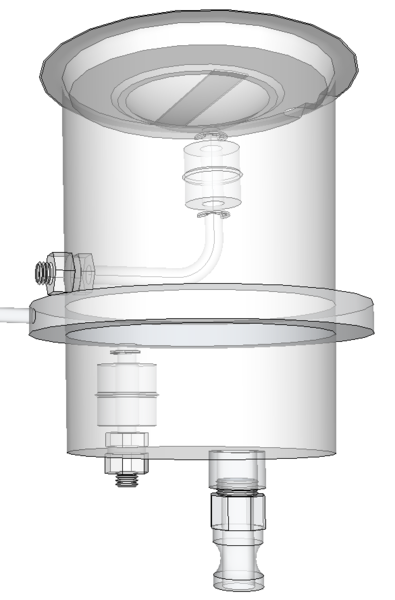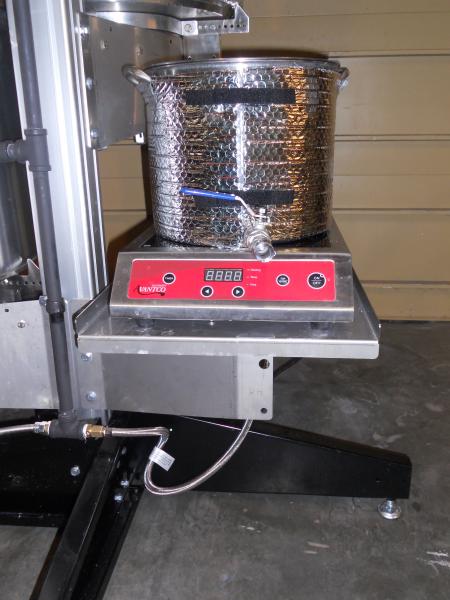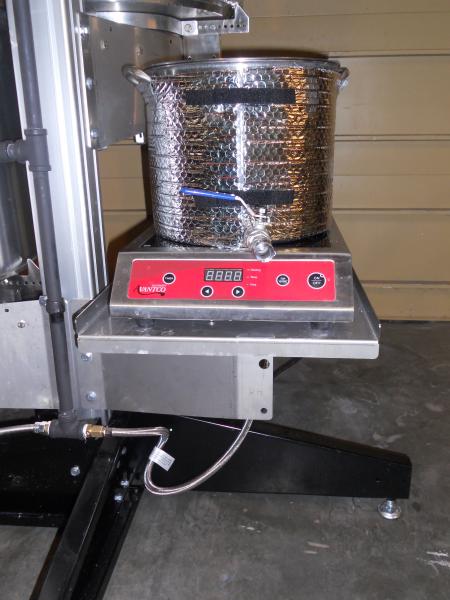Lucky_Chicken
Well-Known Member
So I was doing some research and investigating for building my all electric system and came across a wort grant and it gave me an idea.
Has anyone ever tried to use a wort grant with a heating element in the grant to maintain mash temperatures? Might not have to be very big maybe 1500W.
Concerns I have:
- Would this interrupt the whirlpool effect?
- Not provide enough heating?
I am guessing you would need some kind of level sensor so the pump doesnt overpower the gravity mash draining and fry the element/ kill the whirlpool.
Has anyone ever tried to use a wort grant with a heating element in the grant to maintain mash temperatures? Might not have to be very big maybe 1500W.
Concerns I have:
- Would this interrupt the whirlpool effect?
- Not provide enough heating?
I am guessing you would need some kind of level sensor so the pump doesnt overpower the gravity mash draining and fry the element/ kill the whirlpool.








